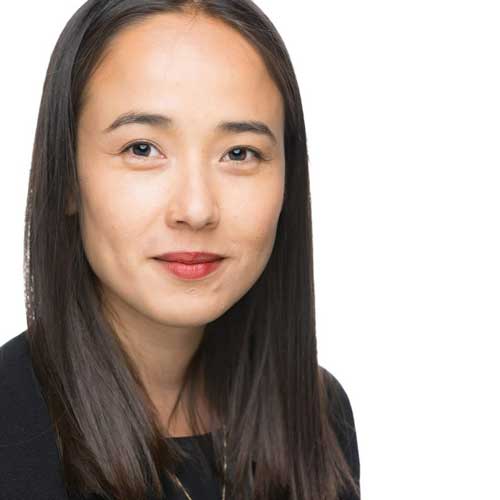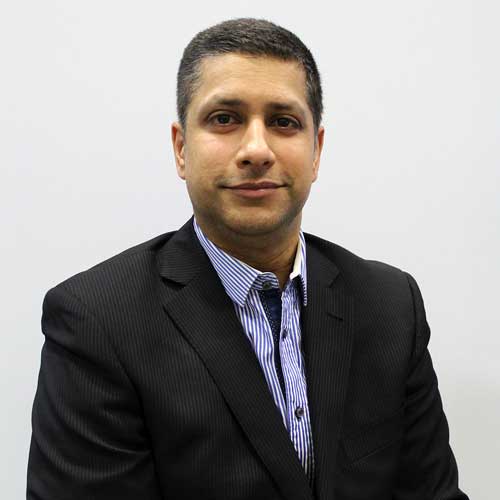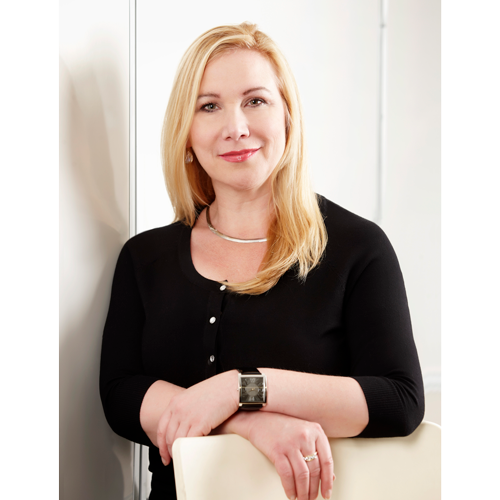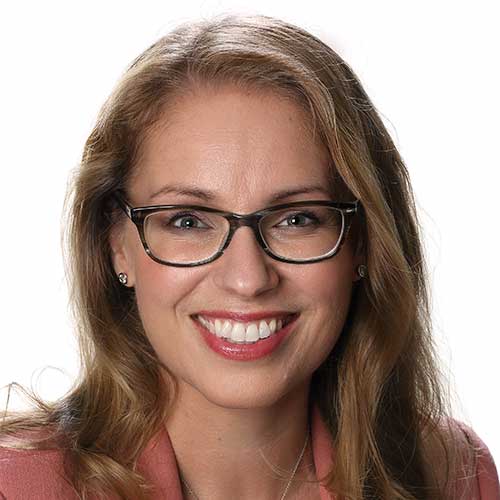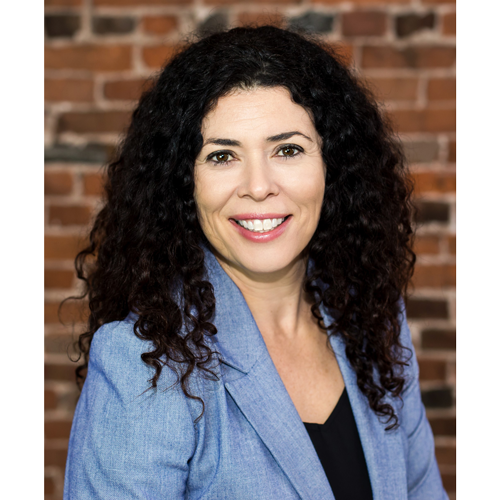Day One: Tuesday, February 9, 2021
10:00 EST
15 minWelcome and Opening Remarks from the Chair
Giselle Jean Baptiste, Executive Director, Treasury Board of Canada
10:15 EST
45 minGetting Digital Done: Progress at Government of Alberta
Blair Neufeld, Innovation Lead, Digital Innovation Office, Executive Council, Government of Alberta
- How Alberta is putting citizens front and centre
- Who is leading the transformation?
- User research and design
- Working differently with the vendor community
- Tackling systemic barriers to innovation
- Lessons learned in developing digital services: childcare, traffic tickets, Assured Income for the Severely Handicapped
- The need for in-person research with real users (evidence and empathy)
- Hiring and growing digital roles to create a community of digital practitioners
- Iterative innovation – new ways of planning and budgeting
11:00 EST
60 minOvercoming Barriers to Innovation
Antiquated equipment, restrictive legislation, complex procurement rules, a risk averse culture, purchase and funding cycles that do not support digital methodology: The forces mitigating against digital government are very real. These thought leaders will share their ideas, strategies and solutions for working toward the necessary breakthroughs.
- What prevents innovation?
- What is agility?
- Why is it hard to be agile in the context of government?
- What are the barriers to adoption?
- What are the solutions?
- Working in a risk averse culture
- Work around’s when faced with outdated legislative requirements
- The need for legislation, policies and directives to be in technologically- neutral language that leaves room for innovation
- Stewardship of strategic leaders
- Roles of upper and middle management in the transition
- Use of social media to encourage one-on-one dialogue about the digital mindset
- Driving the people part of digital transformation
12:00 EST
60 minBreak
13:00 EST
45 minMaking Data-Driven Decisions
- Starting Up
- Product / Solution Strategy (Design Sprints)
- Algorithmic Marketing Solutions (Growth Hacking)
- Execution Strategy
- Scaling Up
13:45 EST
45 minThe Agile Procurement Process
Syed Hasan, Innovation and Agile Procurement, Public Services and Procurement Canada
Jonathan Vinet, A/Senior Director, Innovation Procurement Directorate
In the traditional tendering process bidders provide a detailed outline of the solution the client asks for. Agile procurement, on the other hand, is “challenge-based procurement,” where government describes the problem it wishes to have solved and invites bidders to provide solutions. Find out about this new approach including:
- Giving the problem to the marketplace
- What the RFP looks like
- Possible glitches
- What has worked and what has not
- Evaluating proposed solutions
- Working with government
14:30 EST
15 minBreak
14:45 EST
45 minHelping Canadians access the CPP Disability Benefit, Employment and Social Development Canada
Learn from the experience of this Senior Product Manager including
- The process – from concept to completion
- Role of team members
- Solutions to barriers encountered
- What we learned about agility and digital services
15:30 EST
45 minDigital Transformation: Increasing the Velocity of Digital Change in the Public Sector
Gil Côté, Digital Transformation Architect, Cancentric Solutions
- Why is digital transformation so difficult
- What is citizen-centred transformation?
- Role of performance metrics
- Lessons learned from transformation projects with the Government of Canada
- Practical advice about how to lead, manage and increase the velocity of transformation in your own organization
16:15 EST
45 minIntegrating Accessibility Requirements – The Accessible Canada Act
- Accessible Canada Act, update, status and overview
- What are the implications of this legislation in the context of digital government services?
- The relationship between the Standard on Web Accessibility, the Accessible Canada Act, and WCAG
- Integrating the Web Content Accessibility Guidelines (WCAG) across an AGILE lifecycle and framework
- Questions and Answers: bring those hard questions to an 18 year veteran of the WCAG
17:00 EST
End of Day One
Day Two: Wednesday, February 10, 2021
10:00 EST
10 minWelcome and Opening Remarks from the Chair
Giselle Jean Baptiste, Executive Director, Treasury Board of Canada
10:10 EST
50 minCompetencies for the Digital Age and What You Need to Innovate
Giselle Jean Baptiste, Executive Director, Treasury Board of Canada
Angela Siegel, Faculty of Computer Science, Dalhousie University
- What are the competencies required for success?
- Digital skills – as much about orientation and mindset as technical ability
- How do you upgrade digital capacity of existing employees
- Cultivating a community of digital practitioners
- Digital Training Needs Analysis – Dalhousie
- Where do you hire/find new talent
- Competency-based hiring and promotion
- Writing job descriptions for the agile workforce
11:00 EST
30 minA Useful Strategic Model for Leveraging Digital Literacy
- Understanding and evaluating your level of digital literacy
- Creating a digital literacy strategy
- Leveraging digital literacy for positive changes throughout the organization
- How to manage the successful roll-out of initiatives
11:30 EST
45 minAgile Methodology: Case Study - GC Notify
Bryan Willey, Product Manager, Treasury Board of Canada Secretariat, Canadian Digital Service
GC Notify is a free tool developed by the Canadian Digital Service (CDS) platform team that provides a simple and efficient way for government to send email and text notifications to the people that rely on their services
- Design thinking – user centricity
- Agile methodology how does it differ from traditional waterfall methodology
- How we dealt with barriers
- How we collaborated
- Finding the minimal viable product – the least complete product that you can create that will fully test an idea
- Dealing with fear of failure and its consequences
12:15 EST
45 minBreak
13:00 EST
45 minLessons Learned Implementing DevOps Platform Services at Government of British Columbia
Justin Hewitt, A/Senior Director of DevOps Platform Services, BCDevExchange
- The developer, your primary customer
- Community approach at the BCDevExchange, OpenSource
- Gene Kim, Phoenix Project and Unicorn Project
- A service design approach to DevOps Enablement
- Site reliability engineering: reliability vs velocity
- Automation, Bots, GitOps and Coming Up: AiOps
- Challenges and opportunities
13:45 EST
45 minInnovation Tools and Tech for Digital Government: AI, Robotic Process Automation and Blockchain - Challenges and Opportunities
Melanie Gilbert, Associate Partner, IBM Services - Canadian Public Sector
- Transformative power of AI, Chatbots, RPA and Blockchain: what are they and how can they potentially work together?
- Opportunities and challenges
- What makes a good use case in government?
- When to apply these technologies to help you to work smarter;
- Real examples of how these technologies have been applied in government
14:30 EST
15 minBreak
14:45 EST
45 minAgile Risk Management
Christopher MacDonald, Chief Audit and Evaluation Executive, Public Service Commission of Canada
Sheri Ostridge, Chief Audit Executive, Employment and Social Development Canada
Organizations can no longer rely on traditional static and snapshot-like risk management and reporting, and must, therefore, be nimble enough to continuously anticipate, read, and respond as risks arise. The high level of ambiguity, uncertainty and a wide range of possible futures also hinder the ability to deal confidently with traditional risk models.
- How do we adequately engage senior management committees?
- What questions should you be ready to answer
- Has management identified and evaluated the highest disruptive risks to the organization?
- Are risk management mechanisms fluid enough to continuously identify and respond to disruptive risks?
15:30 EST
45 minGovernment Changes required for Agile/Cloud including Q & A
16:15 EST
End of Day Two


